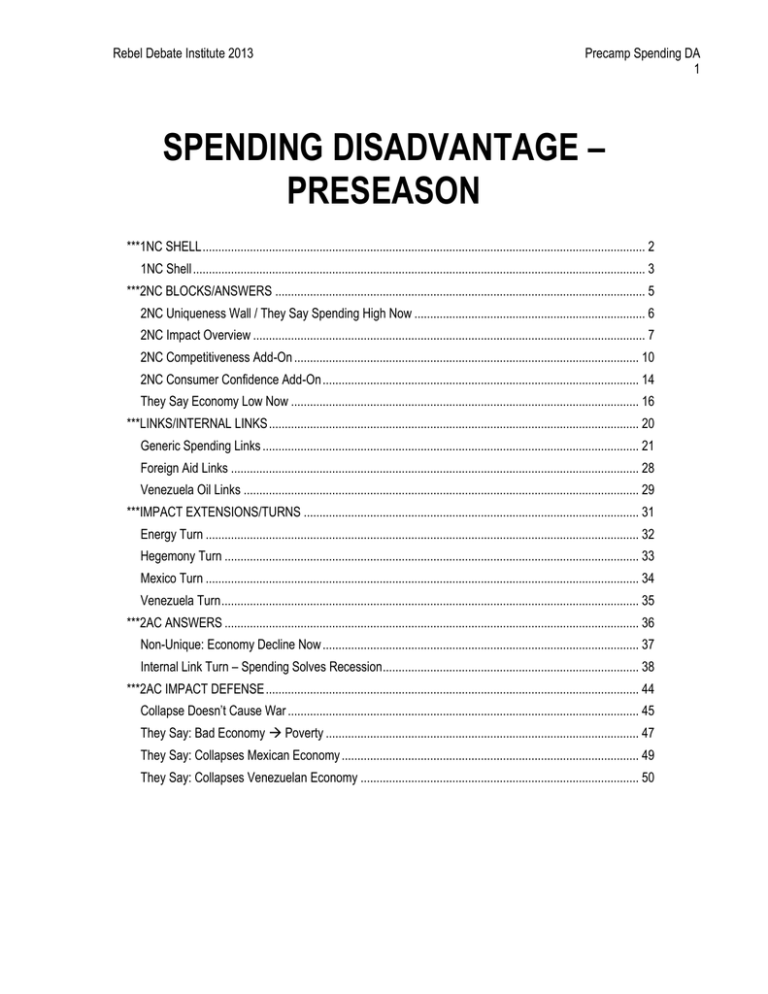
These smaller quantities allowed the manufacturers to generate maintainable levels of working capital while minimizing their financial risk. JIT manufacturing systems exemplify a shift towards more agile and cost-effective production methods. The steps to implementing JIT into your manufacturing operations typically begin with an analysis of your current processes to identify areas of waste, such as excess inventory or overproduction.
Standardize processes

The JIT production strategy has an important effect on other measures of corporate efficiency and profitability. Lower inventory means a reduced total asset figure on the balance sheet, all else being equal. The ROTA ratio divides a company’s earnings before interest and taxes by its total assets to determine how effectively the business’s operational model utilizes invested funds to generate profit.
How Does the JIT Inventory System Work?
- The primary purpose of installing this system is to upgrade efficiency, control production, and reduce wastage arising during production.
- A sudden unexpected order for goods may delay the delivery of finished products to end clients.
- For the most part, businesses that employ just-in-time manufacturing practices will see lower inventory levels, reduced cycle times, faster times to market, and reduced operating costs.
- Just in Time focuses on frequent monitoring and continuous improvement throughout the production process.
Furthermore, JIT manufacturing can lead to shorter production lead times, as the process is streamlined and more focused on meeting immediate demand. This increase in efficiency can give companies a competitive edge by enabling them to respond more quickly to market changes and customer needs. Because JIT production is based entirely on existing orders, it is not the most efficient system for dealing with the unexpected. A company that uses this strategy may be ill-equipped to handle a sudden surge in demand for a product.
Just-In-Time (JIT) Manufacturing: Producing What’s Needed, When It’s Needed
Just in Time manufacturing borrows heavily from the “lean manufacturing” philosophy. Lean manufacturing focuses on reducing waste and maximizing efficiency in all production areas. By implementing JIT manufacturing and lean principles, companies reduce production costs and improve competitiveness. what is overtime Just-in-Time manufacturing helps businesses shorten lead times, minimize inventory, and address other hidden inefficiencies by aligning supplies directly with production schedules. A significant downfall of JIT manufacturing is its susceptibility to disruptions in the supply chain.
The main goal of JIT is to reduce the cost of storing and maintaining excess inventory while also improving the overall efficiency of the production process. Working in smaller lots has many advantages, including better quality, less work-in-process inventory, and a reduction in inventory costs and required storage space. As for just-in-time manufacturing, smaller lots mean that only the immediately required amount of goods is produced, and nothing is made to stock. Moreover, JIT manufacturing requires a high degree of coordination and trust between a company and its suppliers. The need for precise timing in delivery and production can strain relationships with suppliers if not managed correctly. The balance between efficiency and vulnerability is a critical consideration for any company considering adopting a JIT approach.
This strategy requires precise demand forecasting on the part of manufacturers. Keeping fabric, elastic and zips on hand would cost thousands of dollars to not only purchase but store the raw materials too. Let’s picture a more streamlined scenario where the fabric and trims are shipped directly to the factory on the day the order is scheduled for production. It’s a smart way to closely align your production schedule with your raw materials, reducing waste, lowering your inventory costs, and improving your overall efficiency.
Suppliers and manufacturers must work together to ensure that materials and components deliveries are on time, based on the production schedule. This close collaboration helps build trust and mutual understanding between manufacturers and suppliers, leading to more effective communication and problem-solving. Standardized operations make it easier to identify and resolve problems when they occur and.
The whole infrastructure might be at jeopardy if any portion of the system fails. By minimizing overhead costs, the purpose of adopting JIT inventory management is to increase a company’s operational profit while simultaneously lowering costs. The core ideas of JIT in manufacturing are that on end, the materials for production should arrive exactly when production is scheduled to begin, and not any earlier. And on the other end, the manufactured products should be finished just about when they should be delivered to customers. Waiting to begin one process until another one finishes is ineffective and a colossal waste of time. Some estimates claim that more than 90 percent of a product’s time in manufacturing is spent waiting.
